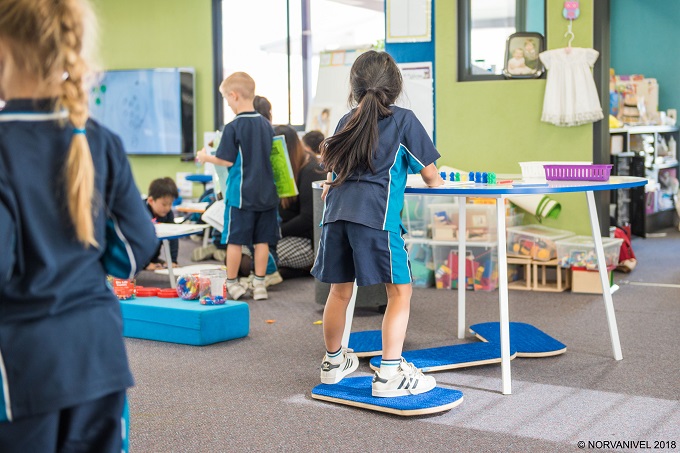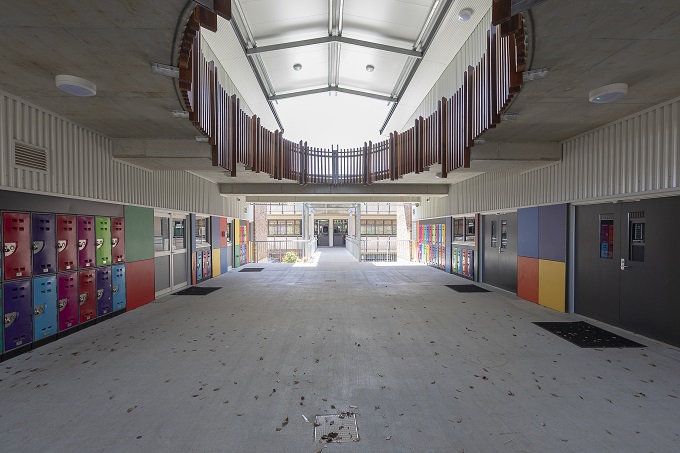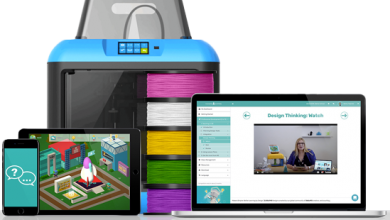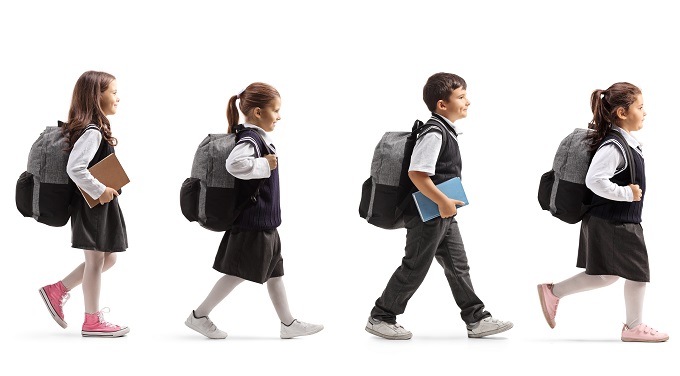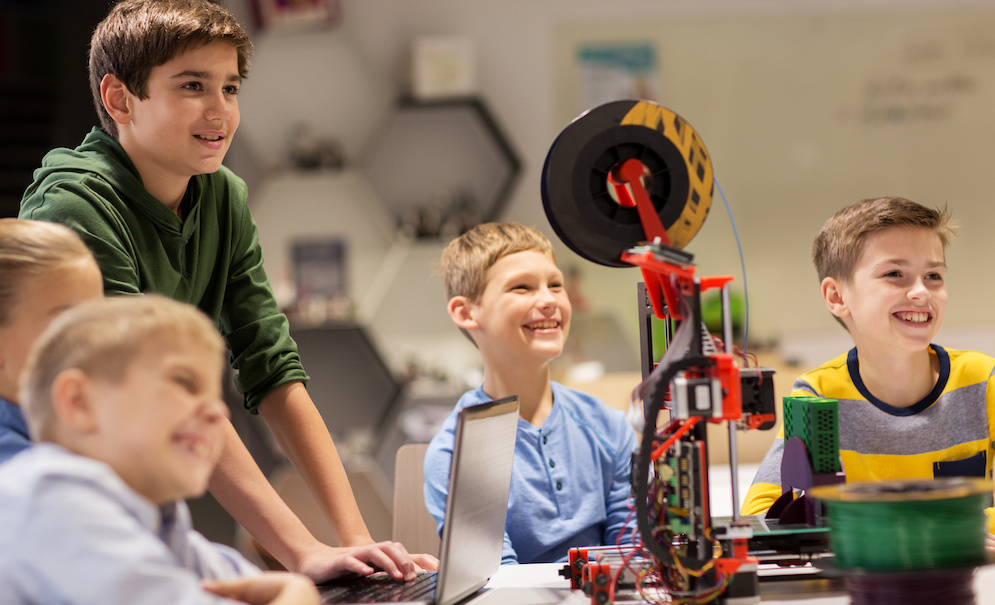
We want the best education for our children and we want them to have the innovation skills needed for the jobs of tomorrow. But we don’t agree on what innovation really means.
My research has found that employers and students have varying perceptions of innovation, and this affects the employability of young people transitioning into the future workforce. We need to move beyond these differences so that we give young people the best chance for success in the innovation age.
Innovate or evaporate: Innovation is considered a central skill for future jobs
Internationally, innovation represents the lifeblood of modern economies.
In Australia, the National Innovation Agenda calls on educators to equip students with the innovation skills they need to survive. It estimates that 75% of jobs in the next decade will need skills in science, technology, engineering and mathematics (STEM). Yet enrolments in STEM subjects have been declining steadily.
Additionally, a 2016 Foundation for Young Australians report revealed that the jobs of the future will demand 260% more creativity (and innovation) skills than jobs of the past, which are likely to face automation. They found that job seekers with these skills will also likely attract higher salaries.
This means that innovation is a central part to any future job seeker’s skill set. However, there is a lack of consensus on what innovation skills actually are.
A rift in ideas: differing perceptions of innovation
My research investigated the perceptions of innovation by students and their employers in Australia.
Students were found to perceive innovation as a very fluid process that does not require any boundaries or rules. This understanding reflects the loose and creative representations of innovation in popular culture and media.
However, employers view innovation as a more systematic, purposeful process, which involves the development and commercialisation of new products and services. Commercialisation is not just coming up with a concept or new idea and keeping it in an office, lab or home. It includes the entire process needed to take it out to consumers. This requires making it into a product or service (like a new app or device), marketing it and then delivering it to users, for some form of financial gain.
Unlike students, employers stressed the need to adhere to “rules” when innovating. For instance, in designing software systems, following rules and standards such as integrating with existing technologies and platforms was necessary.
Other standards that can help innovation include intellectual property protection and regulatory standards, as in the case of new medical devices. Adherence to these “rules” boosts the success of innovations in helping them to be more widely adopted by consumers.
Student preparedness for a changing labour market
The perceptual differences reflect the lack of preparedness of students for the workplace. This has detrimental consequences for their future economic survival.
The downturn of traditional manufacturing has lead to the closure of many companies. Increasingly, students will need to create their own jobs.
Understanding that innovation is a purposeful, systematic process that needs a great deal of persistence and clear commercial outcomes is necessary for maintaining their livelihoods.
Additionally, recognising how their ideas for new products and services interact with standards is essential for ideas to be viable. Overcoming these perceptual differences is important for young Australians to rise to the challenge as we try to build new firms and industries to replace the old.

Creating opportunities for students to re-learn innovation skills
While there remains a challenge in rewiring the understanding of innovation that most students hold, there is also hope. Experiential learning, which allows students to immerse deeply in the workplace for a substantial period, is a productive way of equipping students with the desired innovation skills for their working future.
This kind of opportunity can throw students into the middle of the innovation process and develop their understanding of innovation in the workplace.
Such programs exist in various professional disciplines, such as engineering, where students work on innovative industry projects for at least 12 weeks. We need to build upon these programs and incorporate opportunities for a wider range of students to gain workplace experience. This will help them develop and establish professional networks, obtain knowledge of standards and how their industry works.
This is also not a one-way street. If employers are looking for students with certain innovation skills, they can create more space for students to gain them, such as offering more placement opportunities to students.
Some employers may not be able to do this. But there are other options, such as partnering with universities to deliver guest talks or mentoring students.
These approaches can equip students with the right skill set to innovate into the future.
![]() This piece was written by . The article was originally published on The Conversation.
This piece was written by . The article was originally published on The Conversation.

